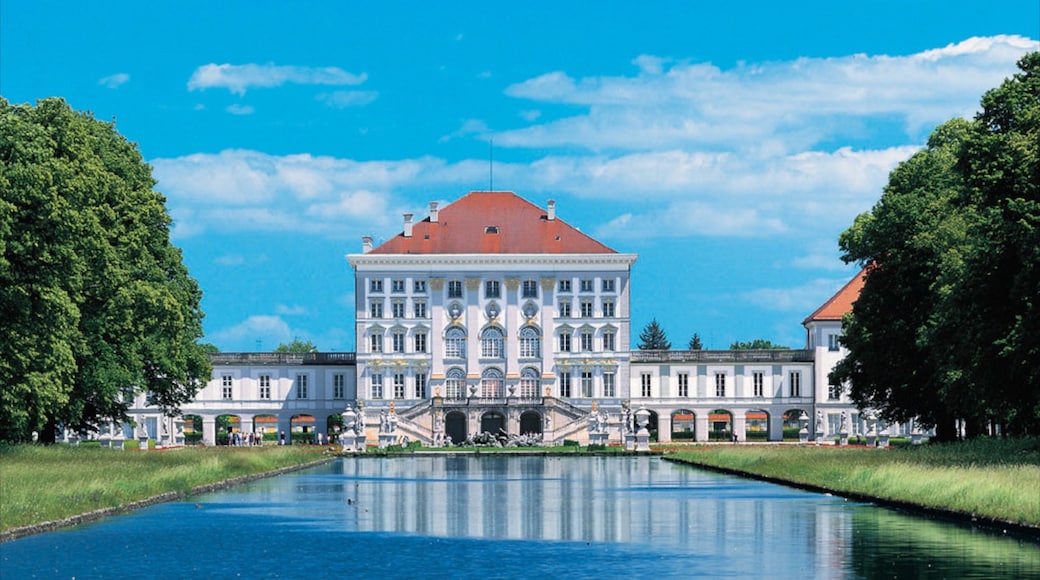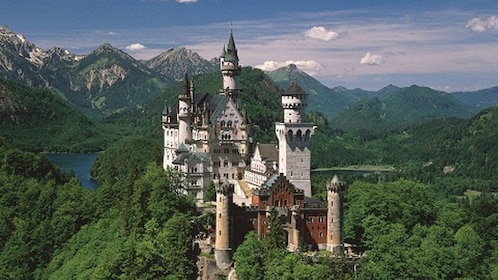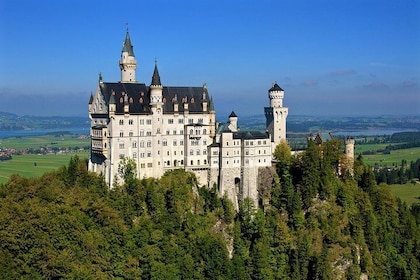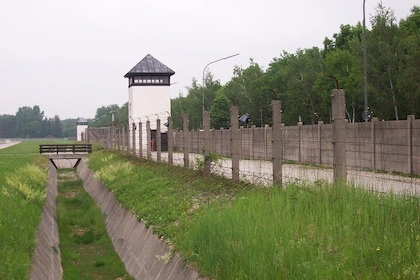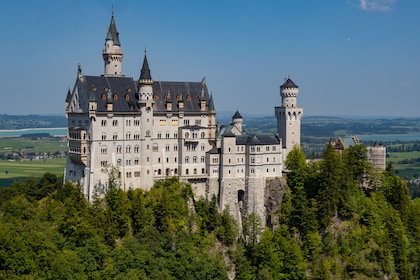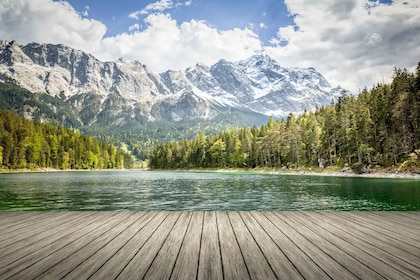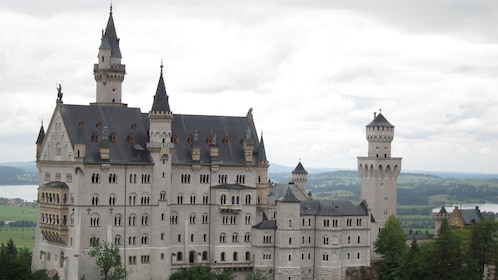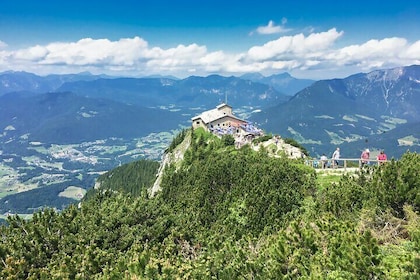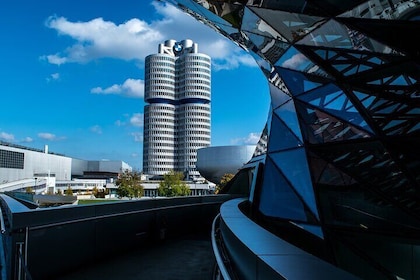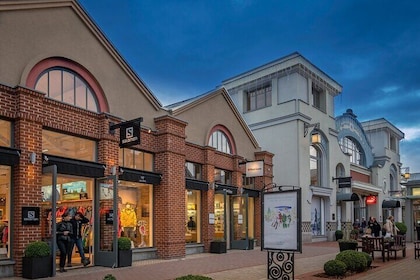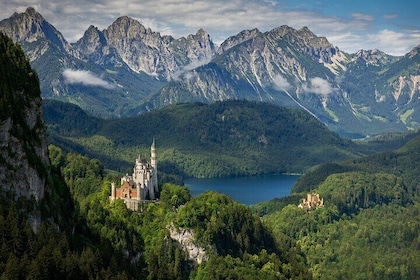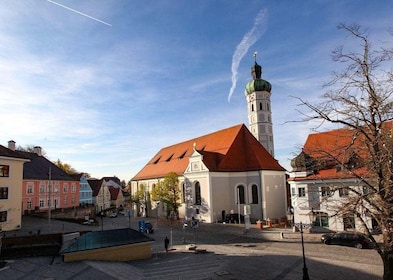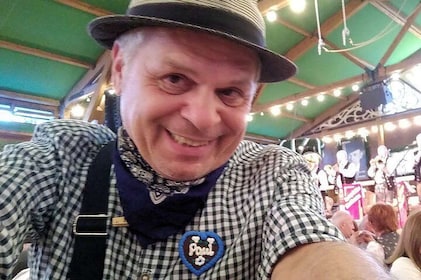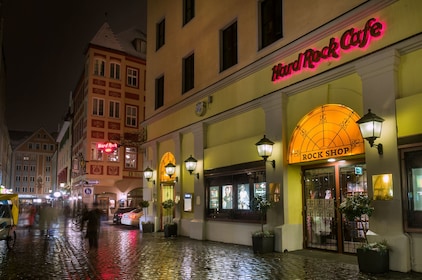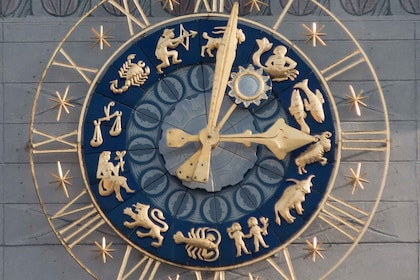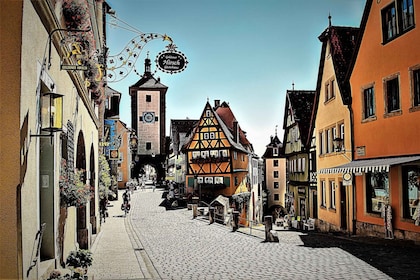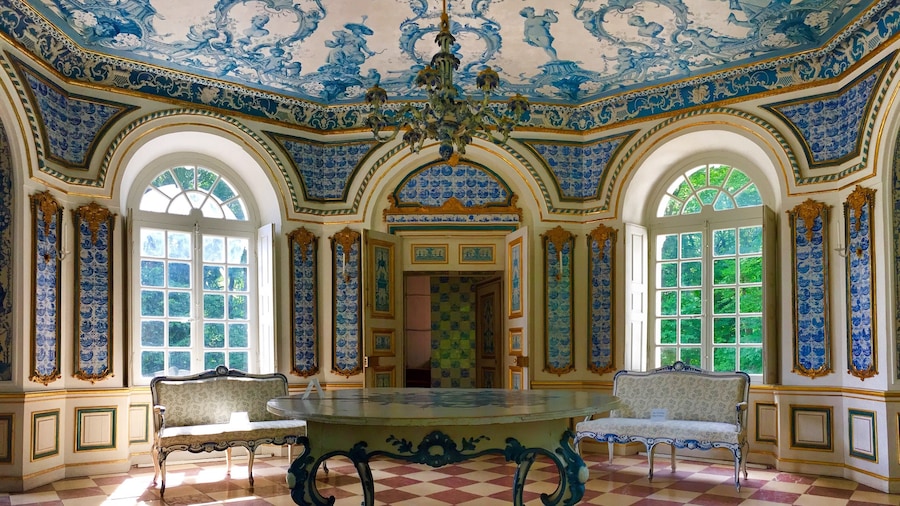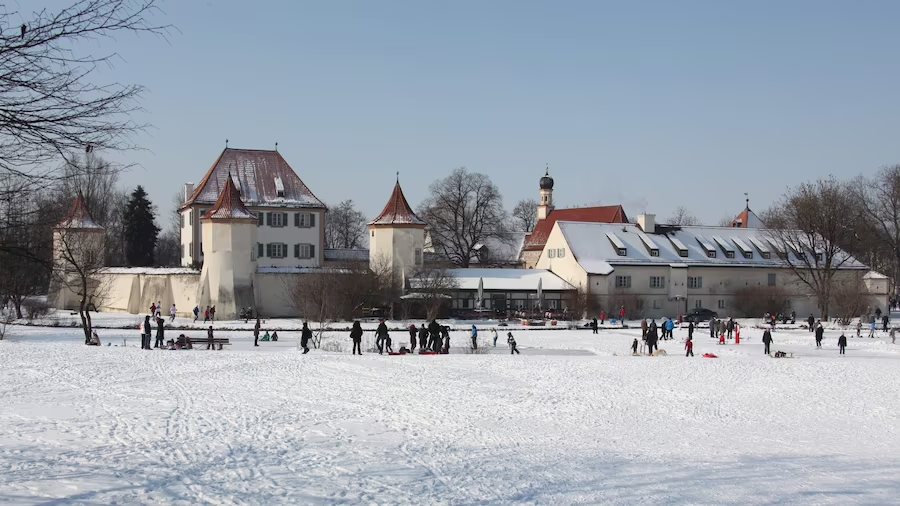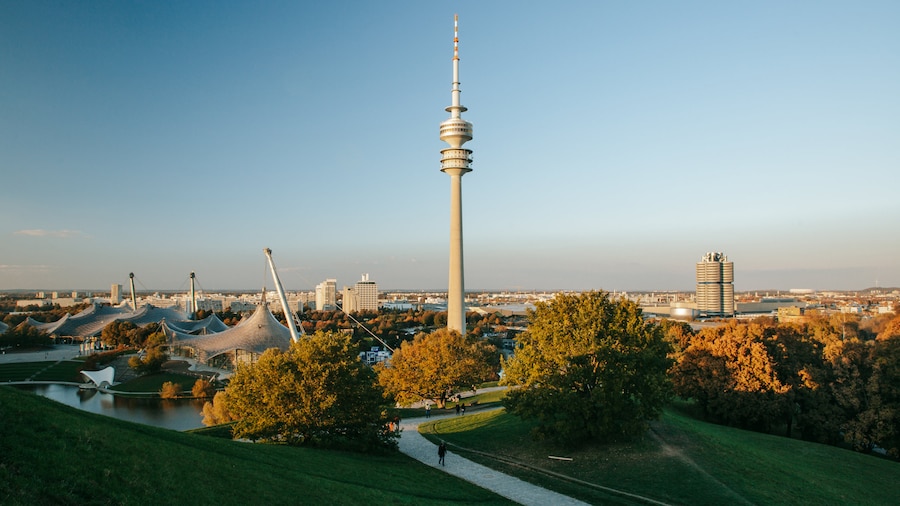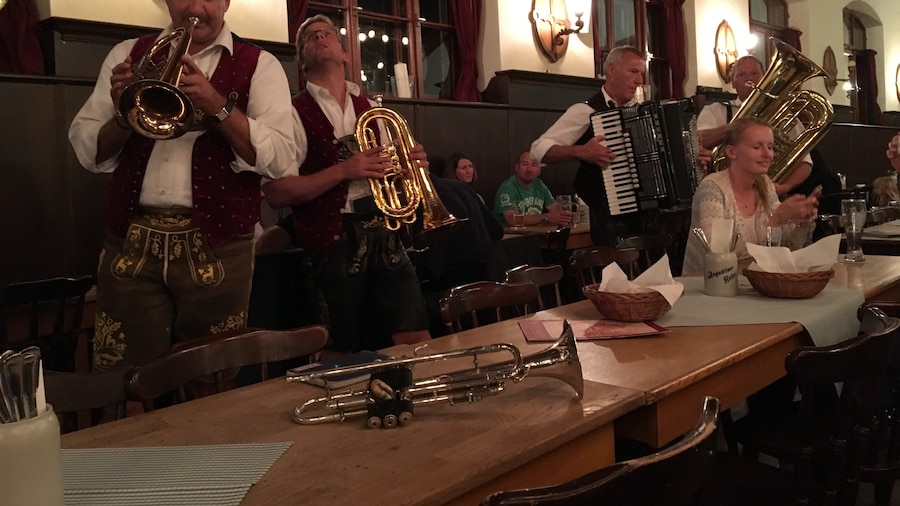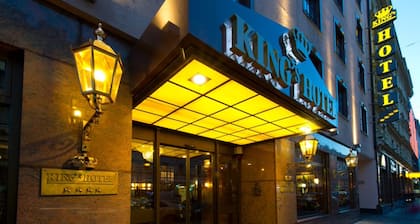The Nymphenburg Palace was commissioned by the Bavarian Elector Ferdinand Maria and Henriette Adelaide of Savoy as a summer residence after the birth of their son Max Emanuel in 1662. During Max Emanuel’s reign, the residence was radically expanded and outfitted according to the latest French fashions. Successive rulers continued to add design elements in keeping with their time.
The grounds at Nymphenburg were formally designed in the Baroque style, which can best be seen today in the dazzling Grand Parterre. Swans glide across the fountain and central canal in this area, adding to the palace. In the early 19th century, the rest of the grounds were changed into a classical landscape garden.
A comprehensive tour offers a way in to the many delights of the palace. View the Great Hall with its lavish interior and painted ceiling. Another visitor favorite is King Ludwig I’s “Gallery of Beauties,” a collection with 36 portraits of beautiful women from a range of backgrounds in 19th-century Munich. The Queen’s Bedroom lends a human touch to the palace, with an assortment of personal paraphernalia adorning the chamber where King Ludwig II was born.
Make sure to take in the carriage museum located in the palace’s former stables. Here, you can see a variety of state coaches, sleighs and riding equipment. The highlight is undoubtedly the collection of decadent carriages and sleighs that belonged to King Ludwig II.
Take a walk around the extensive grounds and visit some of Nymphenburg’s beautiful pavilions, a number of which are open to the public. The Amalienburg Pavilion, designed by the Paris-trained François de Cuvilliés, is one of the finest examples of Rococo architecture in all of Europe.
The Nymphenburg Palace and the park are open daily, with different hours depending on the season. Combination tickets are available. The palace can be accessed by bus from the city, or through a 20-minute drive.
